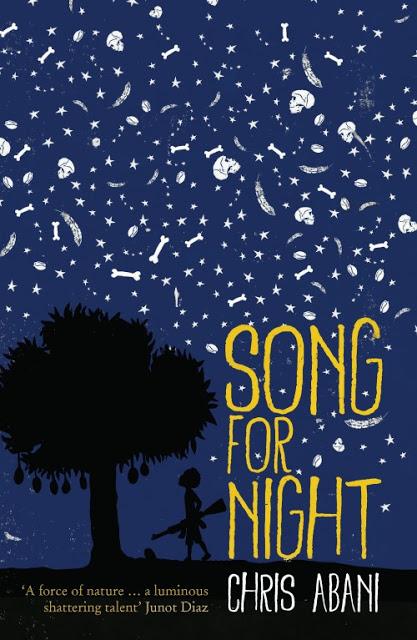
As the covers above show, there was a period within African literature - particularly with Francophone and Anglophone writing - where the child soldier narrative dominated. One of these narratives included Chris Abani's Song For Night, first published in 2007 and recently published by Telegram Books to mark their tenth anniversary. Considering the 'backlash among African literati' in this 'African child soldier' genre, as pointed out by Aaron Bady, it would have been quite interesting to know why the publisher decided to publish this particular book as part of their celebration. This does not take away from the book itself, which as I point out below is beautifully written, but it would have been nice for a foreword to be included to provide a little explanation for that. That aside, here are my thoughts.
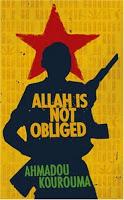
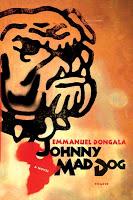
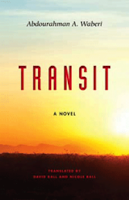
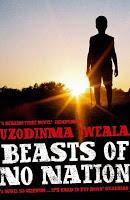
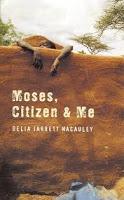
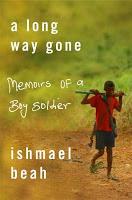 A look at some African child soldier narratives in the noughties
Winner of the PEN/Beyond Margins Award in 2008, Song for Night is a dreamlike novella that follows My Luck - a 15-year-old, orphaned boy soldier in an unnamed West African country - who has lost his platoon following a land mine explosion. The story tracks his journey - in the past and the many different episodes that have shaped him (life before the war, and then becoming and being a child soldier); as well as the present day (traipsing through dangerous, possibly enemy, territory) as he retraces his footsteps to find his unit.
Told from My Luck's perspective, he lets the reader know early in the story that, 'What you hear is not my voice'. Trained - similar to the other boys and girls in his unit - as human mine detectors and defusers; they were silenced by their commanding officer who demanded their vocal chords be removed (so that the others do not hear the 'death screams' of another child being exploded by a mine; and can concentrate solely on their own mines).
As My Luck has woken up after being unconscious following the mine explosion, I couldn't help but wonder as I read if the present day was a dream or reality; and if My Luck was looking back at his life as he passed away. He does experience a lot of visions during his journey, and might be walking in circles. There are certainly many clues that make you wonder what the case might be.
The writing is gorgeous, which in a way made me very uncomfortable, especially considering the focus of the novella. It is after all about child soldiers, and poetic is not a word I would choose to use to describe what it must mean, and feel like, to be a child soldier. Yet, in reading Song For Night, I did feel like it was in a way trying to humanise the child soldier narrative.
There is also beauty in the novella, which reveals - to some extent - the light that could be found in such bleakness. The children developed a beautiful form of sign language to counter the loss of their vocal chords; My Luck falls in love with his fellow comrade - a young girl, Ijeoma - to counter the rape and brutality that occurred following rampages in towns and villages; the touching moments of My Luck's past - his mother who taught him how to crotchet - to counter the number of lives he had taken in the three years since he had been a child soldier.
A look at some African child soldier narratives in the noughties
Winner of the PEN/Beyond Margins Award in 2008, Song for Night is a dreamlike novella that follows My Luck - a 15-year-old, orphaned boy soldier in an unnamed West African country - who has lost his platoon following a land mine explosion. The story tracks his journey - in the past and the many different episodes that have shaped him (life before the war, and then becoming and being a child soldier); as well as the present day (traipsing through dangerous, possibly enemy, territory) as he retraces his footsteps to find his unit.
Told from My Luck's perspective, he lets the reader know early in the story that, 'What you hear is not my voice'. Trained - similar to the other boys and girls in his unit - as human mine detectors and defusers; they were silenced by their commanding officer who demanded their vocal chords be removed (so that the others do not hear the 'death screams' of another child being exploded by a mine; and can concentrate solely on their own mines).
As My Luck has woken up after being unconscious following the mine explosion, I couldn't help but wonder as I read if the present day was a dream or reality; and if My Luck was looking back at his life as he passed away. He does experience a lot of visions during his journey, and might be walking in circles. There are certainly many clues that make you wonder what the case might be.
The writing is gorgeous, which in a way made me very uncomfortable, especially considering the focus of the novella. It is after all about child soldiers, and poetic is not a word I would choose to use to describe what it must mean, and feel like, to be a child soldier. Yet, in reading Song For Night, I did feel like it was in a way trying to humanise the child soldier narrative.
There is also beauty in the novella, which reveals - to some extent - the light that could be found in such bleakness. The children developed a beautiful form of sign language to counter the loss of their vocal chords; My Luck falls in love with his fellow comrade - a young girl, Ijeoma - to counter the rape and brutality that occurred following rampages in towns and villages; the touching moments of My Luck's past - his mother who taught him how to crotchet - to counter the number of lives he had taken in the three years since he had been a child soldier.
Almost ten years after it was published, there is still something to be said about Song For Night. In its focus on separation, searching, displacement, love, suffering and horror it attempts to humanise a very harrowing aspect of Africa's history that really and truly cannot (and should not) be erased. Even if the narrative of the African child soldier is not the full picture of any conflict-affected African country - it is also a part of its reality that should not be discarded.

